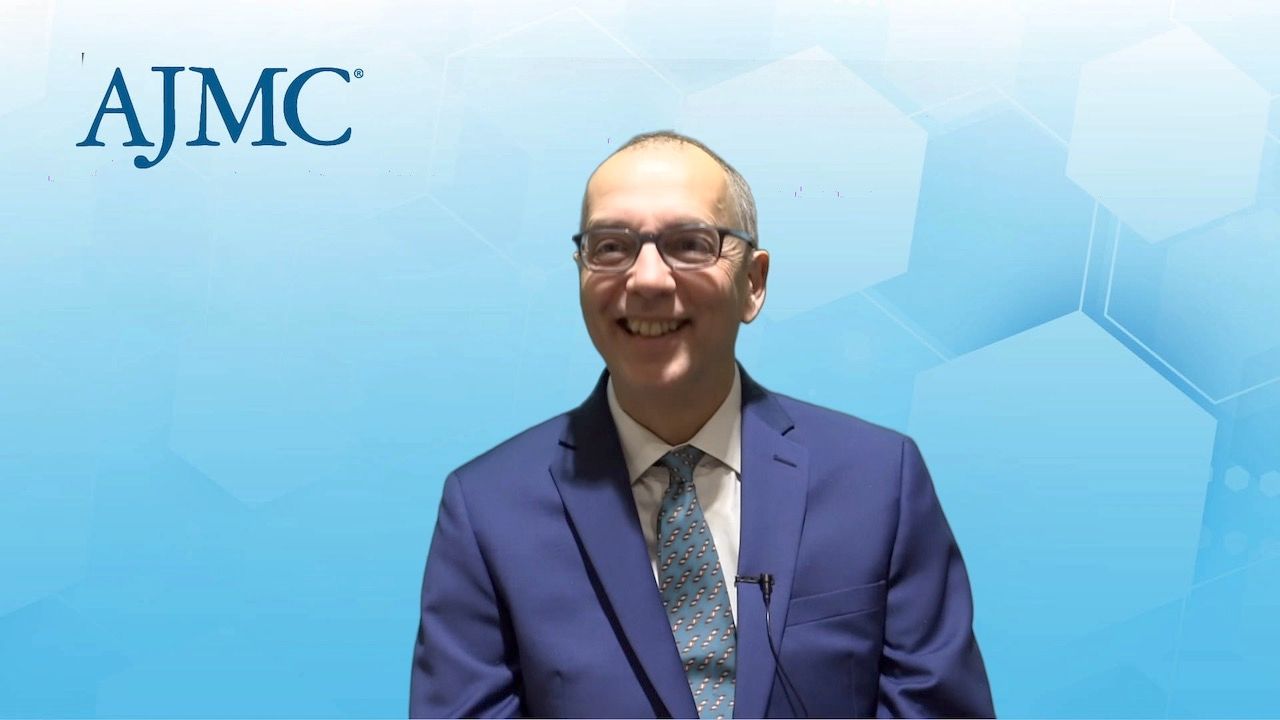Dr Kevin Davies Discusses Challenges of Streamlining CRISPR Technology Delivery

Kevin Davies, PhD, executive editor, The CRISPR Journal and GEN Biotechnology, and author of Editing Humanity: The CRISPR Revolution and the New Era of Genome Editing, discusses the difficulties inherent in making CRISPR gene editing technology an equitable treatment. Barriers that he addresses include soaring drugs costs, trial sponsors prioritizing stakeholder needs over patients to recoup their investments, and the complexity of the gene editing process.
Transcript
With financial toxicity and prior authorization being hot button issues among patient advocates, is there potential for health care disparity in CRISPR use?
I think the short answer to your question is yes, unfortunately. As excited as I and other people are about the underlying technology and the early progress and signs that it is showing in the clinic, turning these into an equitable, clinical reality where these cutting-edge medicines can truly be accessible to the 1000s, or millions, of patients that could benefit from it, this is a bigger problem, and frankly, a problem that’s a little bit beyond my area of expertise.
We only need to look at the soaring cost of new drugs that are being approved, especially in the gene therapy field, where it seems like there’s an arms race who can charge the most for their particular drug. If I put a slide in my deck that says the world’s most expensive drug is $2.8 billion, by the following week, it’s already out of date; it’s now $3.5 billion. The fear is, for example, these new sickle cell drugs are on the brink of being approved—possibly later this year, possibly next year—the price tag is going to be eye watering.
And the companies that have been sponsoring these trials and have invested big money in developing this technology, they are understandably and perhaps rightfully going to say, “Well, we have to charge this amount because A, we’ve got to get a return on our investment, we need to invest in the next generation of improved drugs.” And they will also argue, I am sure, “But our prices, although high, are less than the total outlay would be to manage the care of a sickle cell patient, for example, or a cancer patient over the duration of their lifetime.” And yes, that may be true, but my suspicion is this is more about appeasing and helping the stakeholders, the investors in the company than it is about the actual patients.
And so we have this sort of crazy convoluted system of discounts and other things. The challenge is going to be to get these therapies to a point that the 1000s, or millions, of patients can benefit. The trouble with the current sickle cell strategy is—even the owners of the technology would admit—it’s a very complicated process. It involves taking cells out of the body, editing their genes in the lab, and then giving the patients chemotherapy before the edited stem cells can be reinfused into the patients.
That’s a horrific process to undergo for any patient. It’s not without its own risks. But the results have been very, very gratifying. But it’s not really a very scalable technology. So, there’s an awful lot of research going on to develop a new systems, new vectors, that can deliver the CRISPR machinery directly through the blood, directly by injection, to get it to the organs or the bone or the liver or wherever it may be. And so we’re going to see continued advances in the years to come to get this to a point that it can be a much easier therapy to bring to the market and hopefully a more affordable one as well.
link





